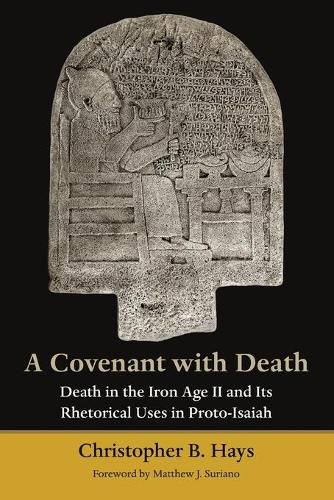Readings Newsletter
Become a Readings Member to make your shopping experience even easier.
Sign in or sign up for free!
You’re not far away from qualifying for FREE standard shipping within Australia
You’ve qualified for FREE standard shipping within Australia
The cart is loading…






Shows how ancient Near Eastern attitudes toward death illumine the Hebrew Bible
Death is one of the major themes of First Isaiah, although it has not generally been recognized as such. In this work Christopher Hays offers fresh interpretations of more than a dozen passages in Isaiah 5-38 in light of ancient beliefs about death. What especially distinguishes Hays’s study is its holistic approach, as he brilliantly synthesizes both literary and archaeological evidence, resulting in new insights.
Hays first summarizes what is known about death in the ancient Near East during the Second Iron Age, covering beliefs and practices in Mesopotamia, Egypt, Syria-Palestine, and Judah/Israel. He then shows how select passages in the first part of Isaiah employ the rhetorical imagery of death that was part of their cultural context; further, he identifies ways in which these texts break new creative ground.
$9.00 standard shipping within Australia
FREE standard shipping within Australia for orders over $100.00
Express & International shipping calculated at checkout
Shows how ancient Near Eastern attitudes toward death illumine the Hebrew Bible
Death is one of the major themes of First Isaiah, although it has not generally been recognized as such. In this work Christopher Hays offers fresh interpretations of more than a dozen passages in Isaiah 5-38 in light of ancient beliefs about death. What especially distinguishes Hays’s study is its holistic approach, as he brilliantly synthesizes both literary and archaeological evidence, resulting in new insights.
Hays first summarizes what is known about death in the ancient Near East during the Second Iron Age, covering beliefs and practices in Mesopotamia, Egypt, Syria-Palestine, and Judah/Israel. He then shows how select passages in the first part of Isaiah employ the rhetorical imagery of death that was part of their cultural context; further, he identifies ways in which these texts break new creative ground.